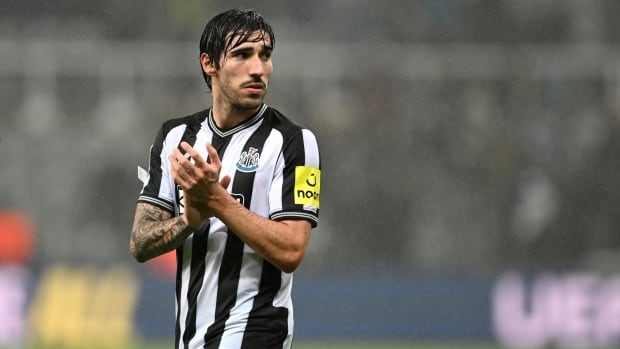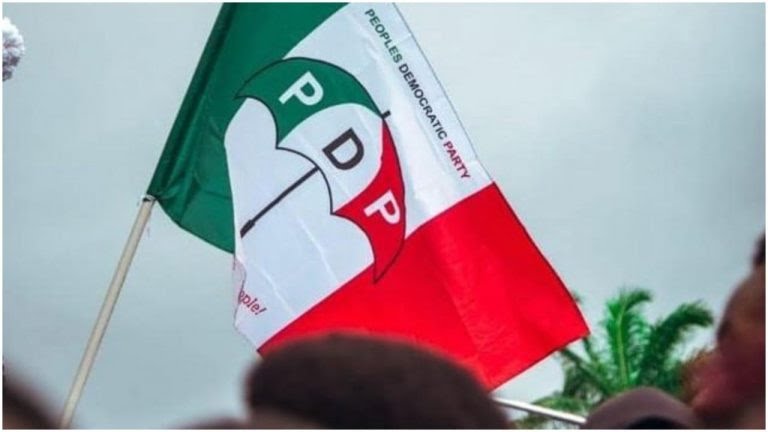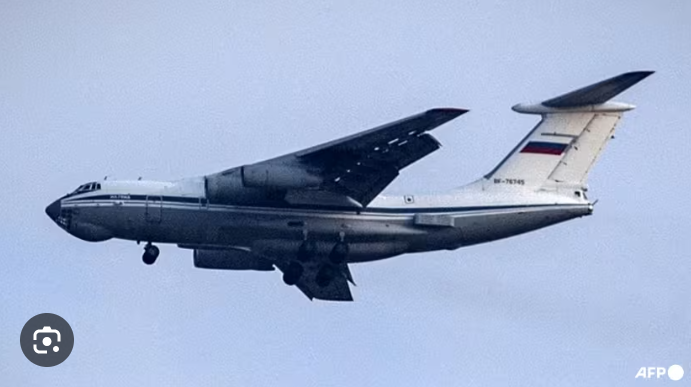Ottawa is finalizing its long-awaited Arctic foreign policy with Inuit leaders for release before the end of the year, as Canada braces for a second Trump presidency and increasing threats to its sovereignty from China and Russia.
Inuit leaders and federal ministers met in Ottawa Friday to go over the details of the policy, which are expected to include the reinstatement of an Arctic ambassador.
Crown-Indigenous Relations Minister Gary Anandasangaree told CBC News that Foreign Affairs Minister Mélanie Joly is working with Inuit partners on naming someone to the position.
Earlier this fall, the U.S. federal government appointed Michael Sfraga as the first U.S. ambassador-at-large for Arctic affairs.
“It would only be strategic, I think, for us to as a country … play more of a diplomatic space with our allies and all other nation states,” said Natan Obed, president of the Inuit Tapiriit Kanatami (ITK).
Whoever is named to the role will face serious challenges, including pressure from U.S. president-elect Donald Trump for Canada to increase defence spending, tension over Indigenous rights and threats from China and Russia.
“We’re investing in the Arctic,” Joly told reporters in French on Friday. “That is what the United States expects Canada to do and that’s why we are convinced our approach to defence is also a win-win position.”
Canada’s new defence policy, which commits to an additional $73 billion in defence spending over the next two decades, focuses on threats to the Arctic. It’s intended to bring Canada closer to meeting NATO’s military spending target for member states of two per cent of national gross domestic product — but Canada won’t reach that goal until the 2030s.
Rob Huebert, interim director of the Centre for Military Security and Strategic Studies at the University of Calgary, said there’s a real danger of Canada being seen as a free rider.
“Canadian governments tend to talk big about the protection of Arctic sovereignty, but they tend to be quite short on actions,” he said.
“To think that our enemies are going to wait for us until the 2030s to be prepared, I mean, that’s just silly.”
Canada facing challenge from U.S.
Huebert said the Arctic is ground zero for mitigating threats from Russian President Vladimir Putin, who is increasingly talking about launching nuclear weapons from Russia’s Far North.
He said Beijing is signalling it intends to follow Russia’s lead and take back territories that it feels were unfairly taken from China, such as Taiwan. If that happens, he said, the Chinese may launch deployments in the Arctic as a distraction to dilute the concentration of American forces in the Indo-Pacific.
“It’s about drawing the Americans away,” Huebert said.
Canada is ill-prepared to face the challenges ahead, he added.
China is building icebreakers — including one with a deep-diving submersible Huebert said could put deep-sea cables at risk.
Ottawa is also building new icebreakers and plans to replace its submarine fleet, but the long-range missile tracking system it’s developing for the North American Aerospace Defence Command (NORAD) in the Arctic won’t be fully operational until 2033.

Canada may also face friction with the U.S. over the Northwest Passage. Former U.S. secretary of state Mike Pompeo rejected Canada’s claims to the sea lane as “illegitimate” during Trump’s first term in the White House.
Inuit leaders have worked with Joly and her team at Global Affairs on developing the new Arctic foreign policy since the spring. Obed said it will be a progressive strategy that will allow for Inuit participation in foreign conversations that affect the Arctic.
Inuit leaders hope for new infrastructure
Obed said Canada can innovate in the way it partners with Indigenous people — and move beyond a troubled history that ignored Inuit participation and even relocated Inuit from northern Quebec to the High Arctic to assert Arctic sovereignty for Canada.
“I truly hope that we can move away from the idea that our communities are of no consequence to the militarization of the Arctic,” Obed said.
“This policy and the ongoing positive relationship between the Government of Canada and Inuit allows for us to get beyond that legacy of shocking disrespect for our human rights and gets us into a place where we are rightfully a part of the conversation.”

With the development of new defence facilities in the Arctic, Inuit leaders are hoping the federal government will also build new roads, water and sewer infrastructure in their communities.
They’re also looking for shared use of new marine ports and hangers — which could be tricky when Canada gets its first delivery of new F-35 fighters in 2026, since they require enhanced security.
Anandasangaree said anything Canada builds in the Arctic needs to be accepted by local communities.
“We can’t continue to have a colonial attitude towards the North and particularly towards Inuit,” he said.
“They need to be very much part of the conversation and very much part of the decision-making.”





